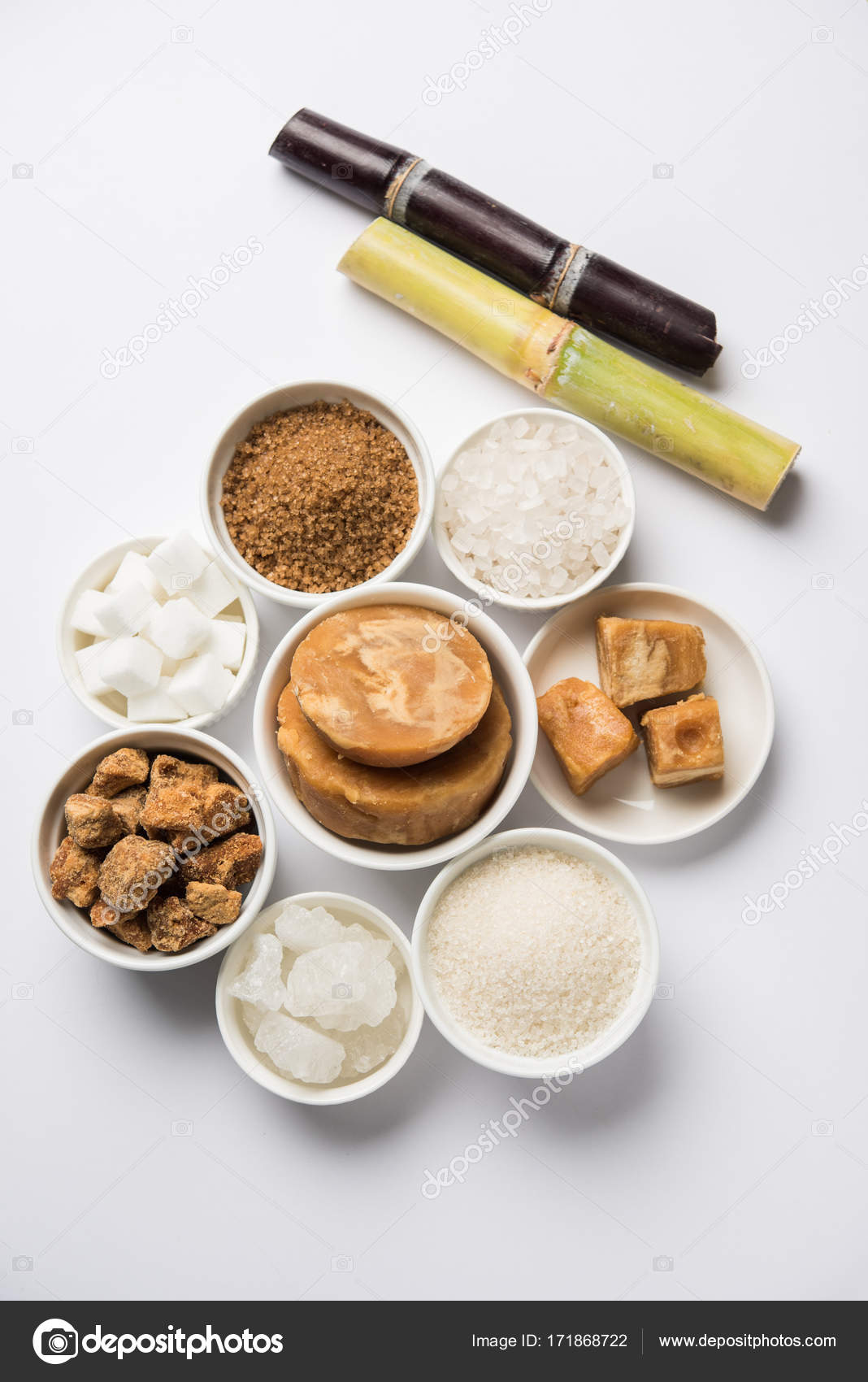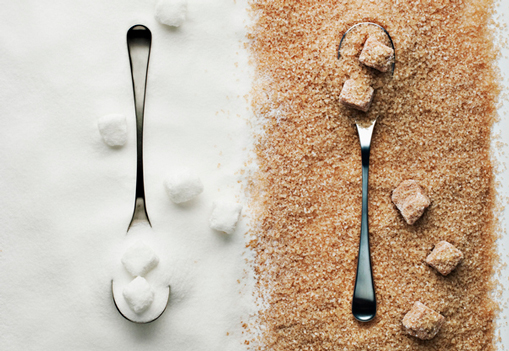Biofuels Made from sugar cane products: What to Know
Wiki Article
Discover Everything About Sugar Cane: From Production Strategies to Item Innovations
Sugar cane is a crop with both historic relevance and contemporary relevance. Its growing has actually evolved from typical techniques to modern-day practices that satisfy today's farming needs. This evolution includes ingenious handling methods that change the cane right into a variety of products. As the industry encounters environmental challenges, new sustainable methods are arising. The intricacies of sugar cane production and its future in international markets present intriguing concerns worth exploring additionally.The History of Sugar Cane Cultivation
Sugar cane is usually linked with exotic environments, its growing has a rich background that dates back thousands of years. Originating in Southeast Asia, the earliest records of sugar cane's usage date back to around 8000 BCE, where it was chewed for its sweet taste. By the initial millennium, it infected India, where it became essential to local cultures. The modern technology to crystallize sugar arised in India by the fifth century CE, noting a substantial turning point in sugar production.With the growth of trade courses, sugar cane found its method to the Middle East and, eventually, Europe. The establishment of haciendas in the Caribbean during the 16th century changed the international sugar market, driven greatly by early american development. As sugar came to be a sought-after commodity, its farming formed economies and societies, preparing for modern production strategies that evolved with the improvement of farming and modern technology.Traditional Farming Methods
As sugar cane growing developed with background, conventional farming techniques became foundational techniques that shaped its manufacturing. These techniques, typically given with generations, included using handbook tools such as hoes and machetes for planting and collecting. Farmers commonly prepared the soil by hand, making use of crop rotation and intercropping to maintain soil fertility and control bugs. Water management was crucial, with many conventional cultivators depending on natural irrigation systems and rainwater harvesting.Planting was often timed to accompany seasonal rains, ensuring excellent growth conditions. Traditionally, sugar cane was grown in rows, permitting for simpler maintenance and harvesting. Collecting was done manually, needing skilled labor to reduce damage to the stalks. Generally, typical farming techniques emphasized sustainability and a deep understanding of the neighborhood atmosphere, developing an important component of the social heritage surrounding sugar cane agriculture. These practices prepared for future developments in sugar manufacturing.Modern Agricultural Practices
Modern agricultural practices have progressively incorporated accuracy farming techniques to improve sugar cane manufacturing. sugar cane products. These methods use data-driven methods to enhance inputs and improve yields while lessening environmental impact. Furthermore, sustainable pest administration strategies are being taken on to protect crops without compromising ecological balanceAccuracy Farming Strategies
Accuracy farming strategies stand for a transformative approach to agriculture, leveraging technology to improve efficiency and sustainability in sugar cane manufacturing. By using tools such as GPS, remote noticing, and data analytics, farmers can keep an eye on plant health and wellness, soil problems, and water usage with unprecedented precision. This data-driven strategy permits targeted interventions, reducing waste and optimizing resource allowance. Drones and satellite imagery promote real-time analyses, making it possible for growers to respond quickly to emerging issues or modifications in ecological problems. Furthermore, precision farming enhances return projecting and enhances decision-making procedures, ultimately resulting in better plant management. Therefore, sugar cane producers can accomplish greater performance and success while lessening their environmental impact, adding to the general improvement of contemporary agricultural techniques.
Lasting Bug Management
Efficient monitoring of insects is crucial for preserving the wellness and efficiency of sugar cane crops. Lasting insect administration techniques focus on minimizing chemical inputs while maximizing environmental equilibrium. sugar cane products. Integrated Pest Monitoring (IPM) is a preferred technique, combining biological control, habitat control, and making use of immune sugar cane varieties. Farmers are increasingly using useful insects and all-natural killers to subdue parasite populations, decreasing dependence on artificial pesticides. Monitoring bug levels through catches and hunting allows for prompt interventions, making sure that control procedures are applied just when needed. Additionally, plant rotation and intercropping enhance biodiversity, additional decreasing insect outbreaks. By adopting these sustainable practices, sugar cane manufacturers can keep plant yield while advertising ecological stewardship and lowering the negative effects related to traditional insect control methodsProcessing Sugar Cane: From Area to Manufacturing facility
The detailed trip of sugar cane from field to manufacturing facility entails several important actions that change this dynamic plant right into a basic material for sugar manufacturing. After harvesting, sugar cane is promptly delivered to the handling facility to minimize sucrose loss. The first action at the manufacturing facility is washing the cane to remove contaminations, followed by crushing to extract the juice. This juice undergoes clarification, where it is heated and treated with lime to eliminate solid fragments and impurities.Once made clear, the juice is concentrated with evaporation, causing syrup. The syrup is after that crystallized by cooling down and adding seed crystals, bring about the formation of sugar crystals. Adhering to condensation, the sugar goes through centrifugation to divide it from molasses. Ultimately, the sugar is dried out, packaged, and prepared for circulation. Each action in this procedure is important for making certain the quality and efficiency of sugar manufacturing.Sugar Cane Products and Their Applications

Sugar and All-natural Sugars
Although commonly neglected, sweeteners and natural sugars originated from sugar cane play a vital duty in the food and drink sector. These items, consisting of sucrose, a fantastic read molasses, and raw sugar, give a range of flavors and capabilities that enhance various food things. Sucrose, the most usual sugar, is commonly utilized for its sweetening properties, while molasses adds depth and complexity to baked items and sauces. All-natural sugars from sugar cane are favored for their minimal processing and viewed wellness benefits contrasted to fabricated sugar. On top of that, innovations in sugar cane handling have brought about alternatives like liquid sugar and focused cane juice, accommodating varied consumer preferences. In general, sugar cane-derived sugar are important to flavoring, maintaining, and enhancing food experiences.Biofuels and Renewable Resource

Sustainability in energy manufacturing has increasingly transformed interest to sugar cane as a sensible source for biofuels. This exotic plant, rich in sucrose, can be converted into ethanol, an eco-friendly gas that lowers greenhouse gas exhausts compared to nonrenewable fuel sources. The fermentation procedure uses molasses, a byproduct of sugar manufacturing, taking full advantage of source performance. Sugar cane's biomass, consisting of bagasse and leaves, can be changed right into bioenergy, adding to a round economic climate. Various advancements in handling methods improve the return of biofuels, making sugar cane an appealing choice for energy diversification. In addition, the expanding demand for sustainable energy sources drives research study into boosting farming practices and reducing the carbon footprint of biofuel production, positioning sugar cane as a crucial gamer in the renewable resource landscape.
Innovations in Sugar Cane Sustainability
As the worldwide demand for sugar boosts, advancements in sugar cane sustainability have ended up being important to fulfill both ecological and financial obstacles. Modern farming methods are being applied to minimize water use, improve soil wellness, and lessen chemical inputs. Strategies such as accuracy agriculture use information analytics and innovation to enhance source use and boost plant returns sustainably.Additionally, the advancement of genetically changed sugar cane varieties aims to improve resistance to bugs and ecological stress factors, bring about greater efficiency with fewer inputs. Waste management practices are also advancing; byproducts from sugar cane handling are being changed right into bioenergy, lowering dependence on fossil fuels.Furthermore, partnerships between agricultural stakeholders and ecological organizations are promoting methods that advertise biodiversity and ecosystem health. These technologies not only aid alleviate the ecological influence of sugar cane production yet likewise develop a much more resilient and lasting market for the future.The Future of Sugar Cane in Global Markets
While worldwide sugar intake proceeds to increase, the future of sugar cane in international markets encounters both possibilities and challenges. The boosting need for biofuels and lasting products presents a considerable possibility for sugar cane manufacturers, as the crop can be utilized for ethanol manufacturing and various other green choices. Furthermore, innovations in processing techniques may improve performance and minimize expenses, making sugar cane much more competitive versus other sweeteners.However, difficulties such as environment change, fluctuating market value, and altering consumer choices toward healthier alternatives make complex the landscape. Moreover, trade plans and tolls can impact the worldwide market dynamics, affecting farmers' profitability. As stakeholders navigate these intricacies, collaboration amongst producers, federal governments, and scientists will be essential in adapting to the evolving market. The future of sugar cane depends upon balancing these chances and challenges to protect its area in a you could check here quickly transforming global economic situation.Frequently Asked Concerns
Exactly How Does Sugar Cane Effect Local Ecosystems and Biodiversity?
The cultivation of sugar cane substantially affects regional environments and biodiversity. Monoculture methods can lead to habitat devastation, while chemical usage may damage non-target types, inevitably interfering with environmental equilibrium and minimizing types richness in affected areas.What Are the Health And Wellness Impacts of Consuming Sugar Cane Products?
The health and wellness impacts of consuming sugar cane items include prospective benefits like energy boosts and antioxidants, but too much consumption might result in weight gain, dental issues, and raised risk of diabetic issues, urging small amounts in usage.Are There Any Kind Of Alternatives to Sugar Cane for Sugar Production?
Alternatives to sugar cane for sugar manufacturing consist of sugar beet, maple sap, and coconut hand sap. These sources provide similar sweet taste and can be cultivated in numerous environments, providing diverse choices for sugar production worldwide.Exactly How Is Sugar Cane Affected by Climate Change?
Environment modification significantly influences sugar cane, creating modified rains patterns, enhanced temperatures, and heightened bug stress. These aspects can reduce returns and impact general top quality, triggering the need for flexible farming practices to assure sustainability.What Are the Labor Problems for Sugar Cane Workers Worldwide?
Labor problems for sugar cane workers internationally vary significantly, frequently defined by reduced wages, lengthy hours, and insufficient precaution. Numerous face exploitation and harsh working settings, specifically in developing countries reliant on sugar cane manufacturing.Report this wiki page